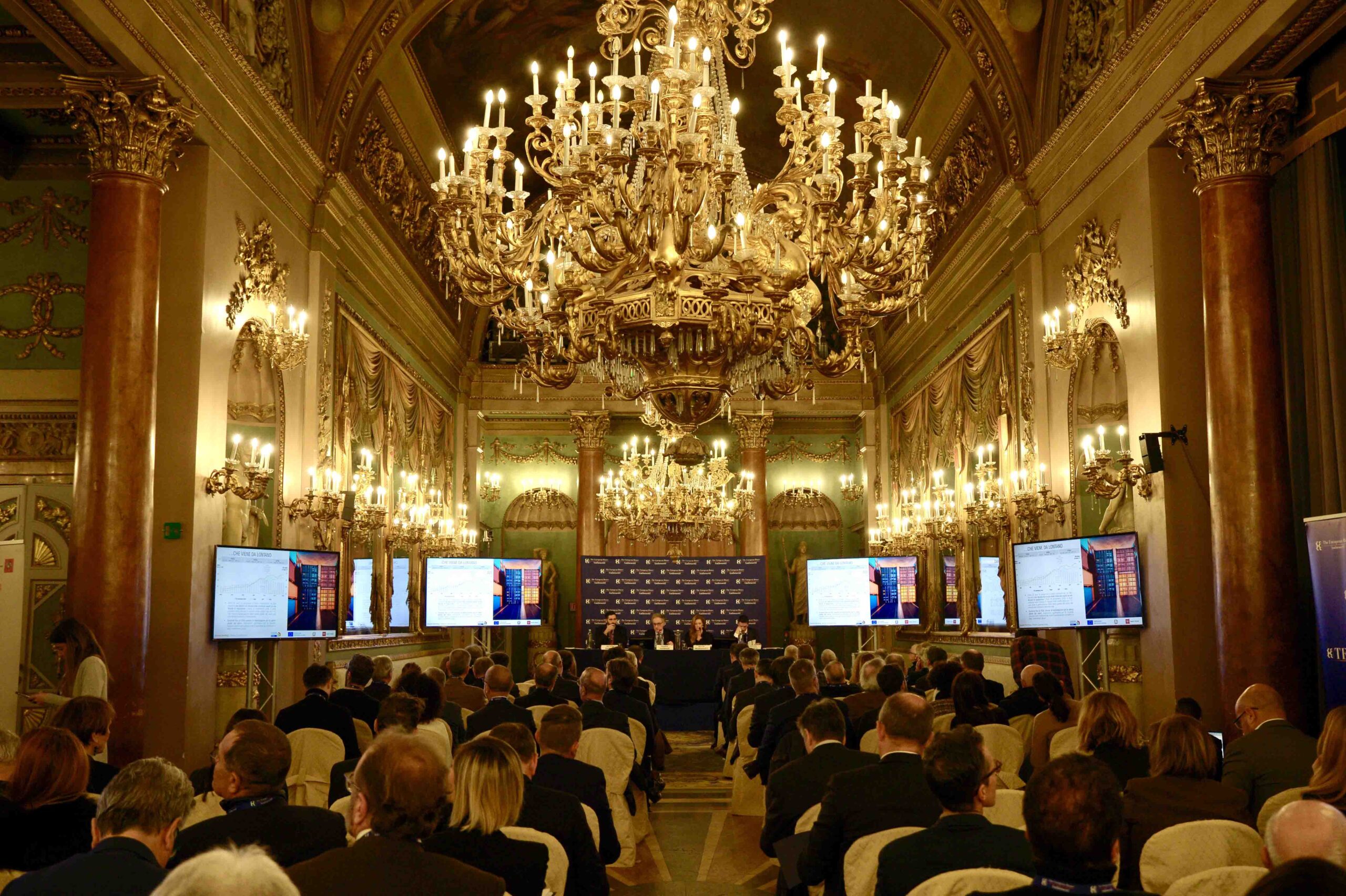Tuscany stands out as one of the most enticing medium-sized regions in Europe for foreign investments. Boasting nearly 3,000 local units of multinational companies, accounting for 6.2% of the national total and employing over 80,000 workers, the region is on the radar of international investors. The strategy for attracting foreign investments, lauded as one of Europe’s most effective by fDi, a specialized publication affiliated with the Financial Times, is poised for a strategic revamp.
In the upcoming three years, Tuscany, led by the Territorial Competitiveness Directorate and the overseeing authority, encompassing the Invest in Tuscany office, is intensifying efforts to draw international investments in research and development. A new initiative, set to launch early this year, signals a fresh push in this direction.
Eugenio Giani, the President of the Region, sheds light on the initiative, emphasizing its focus on bolstering foreign investments in Tuscany. The emphasis lies on research, education, training, and higher education, aiming to attract foreign capital by nurturing skills and fostering a highly competitive network. This network, grounded in centers of excellence, university spin-offs, and innovative startups, will be complemented by protocols of understanding signed between the Region, Anci, Upi, capital cities, and Confindustria.
The overarching goal is to propagate a culture of attraction, chart opportunities in the region, develop skills, facilitate business establishment, and enhance workforce capabilities. Recognizing the need to align available professional skills in the labor market with business requirements, this strategic approach takes a granular view of the territories.
The Annual Meeting of Invest in Tuscany on January 17, 2024, at Palazzo Borghese in Florence, serves as a pivotal platform to evaluate strategies and investments. Against the backdrop of global economic uncertainties, including pandemics, conflicts, and climate change-related ambiguities, Tuscany has seen remarkable growth in investments. Between 2017 and 2023, the region attracted 157 greenfield projects, translating to capital expenditures surpassing $3 billion and the creation of over 10,000 new jobs.
Looking ahead, the next three years will see a focus on key sectors such as high-end food processing, life sciences (particularly Health and Biopharma), luxury goods, automation and robotics, green and blue technology, electric mobility, paper and non-woven fabrics, real estate, and education. Target countries for foreign investments include the United Kingdom, Spain, France, Germany, Austria, Switzerland, Scandinavia, Benelux in Europe, the United States, Canada, and Japan outside Europe.


